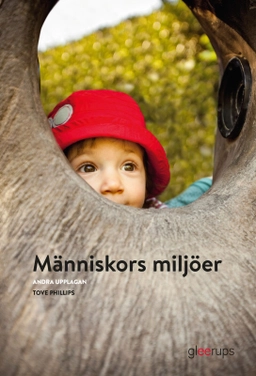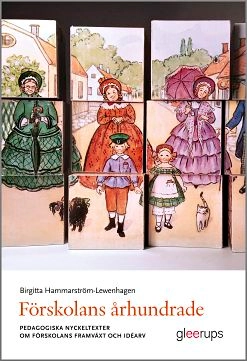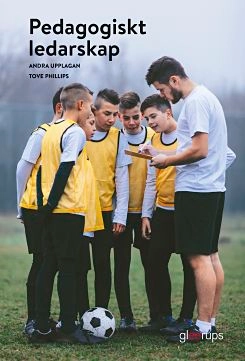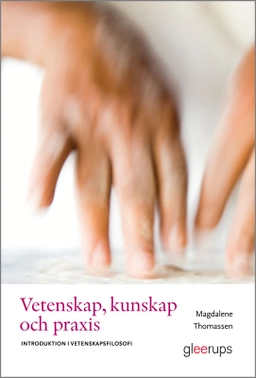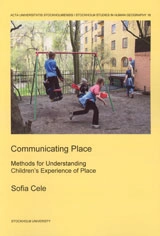

Communicating place : methods for understanding children's experience of place
- Utgiven: 2006
- ISBN: 9789185445462
- Sidor: 230 st
- Förlag: Acta Universitatis Stockholmiensis
- Format: Häftad
- Språk: Engelska
Om boken
Åtkomstkoder och digitalt tilläggsmaterial garanteras inte med begagnade böcker
Mer om Communicating place : methods for understanding children's experience of place (2006)
I januari 2006 släpptes boken Communicating place : methods for understanding children's experience of place skriven av Sofia Cele. Den är skriven på engelska och består av 230 sidor djupgående information om samhälle och politik. Förlaget bakom boken är Acta Universitatis Stockholmiensis.
Köp boken Communicating place : methods for understanding children's experience of place på Studentapan och spara pengar.
Tillhör kategorierna
Referera till Communicating place : methods for understanding children's experience of place
Harvard
Oxford
APA
Vancouver










